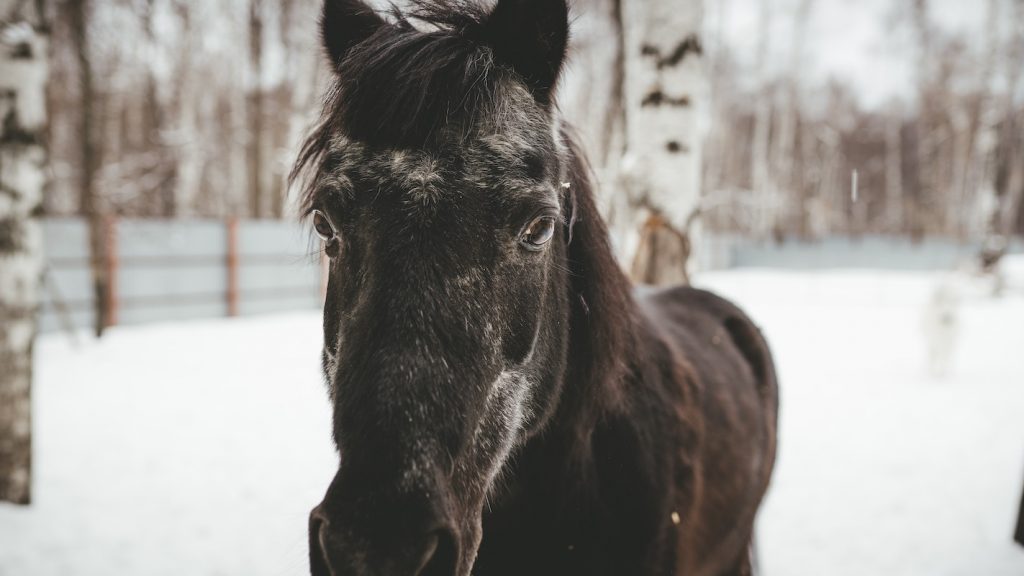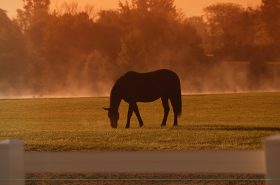Temperatures are dropping! Make sure your horse can handle it.
Some horse owners live in areas where temperatures plummet to the single digits if not colder! They have to worry about freezing water buckets, icy conditions, and keeping their horse warm. In the winter months, they’re constantly concerned as to whether their horse is cold or not. Depending on the weather, they’re valid with their worries.
It can be difficult to tell whether your horse is actually cold or not. Should you blanket them or even call the vet… Horses can develop hypothermia, so definitely pay attention to them when temperatures are frigid. You’ll want to observe your horse and keep a lookout for the following indicators.
Signs of a Cold Horse
- The most obvious one is shivering. A horse that is shivering is exerting a lot of energy to move its muscles. While this helps to keep them warm and is a natural response, it’s also uncomfortable. If you see them shivering, it’s time to do something about it.
- Observe their behavior. If your horse is acting unusual, then it may be feeling uncomfortable and cold. This may even include running around, which generates heat.
- Check their vitals! This is another way to get a read on how your horse is handling the weather. Hypothermia can occur when their temperature drops down to 98 or 99 degrees. Their heart rate and respiration may also be affected. You’ll want to contact your vet immediately.
- Other indicators that your horse is cold include huddling together with their rumps to the wind, their coat hairs standing up, and an increased appetite. These aren’t necessarily bad warning signs though, just your horse’s attempt to stay warm.
Unlike humans, horses can handle much colder conditions. Without wind or precipitation, they can withstand temperatures as low as zero degrees. Furthermore, a horse with shelter can handle as low as -40 degrees. Certain conditions like wind and rain or snow can negatively affect their ability to stay warm. You’ll also want to keep a close eye on those that are clipped, skinny, or very young/old.
How to Warm Up Your Horse
If you suspect your horse is cold, there are a few things you can do. Depending on how low the temperatures are, you can start by offering them extra hay. The average horse consumes 2 to 2.5 pounds of hay per day, but when it’s very cold they may need upwards of 18 pounds.
They’ll also need fresh drinking water that’s between 18 and 59 degrees. A hydrated horse is able to produce body heat easier.
Additionally, you should offer them shelter. A run-in with three sides is ideal, but access to trees may also suffice. This will allow your horse a chance to escape the wind and rain or snow.
Lastly, many horse owners choose to blanket their horse(s). There are different fills from a simple rain sheet to a thick heavy weight blanket. They each serve a purpose! You’ll want to monitor the weather to determine which one to put on.
Your horse needs some special care in the winter. Depending on the weather and your horse’s age and condition, you may need to take extra measures to ensure they stay warm and happy. Don’t worry before you know it spring will be here!
Love this blog? We think you will like Have You Checked Your Horse’s Vital Signs Recently? by Brittany Madonia.




